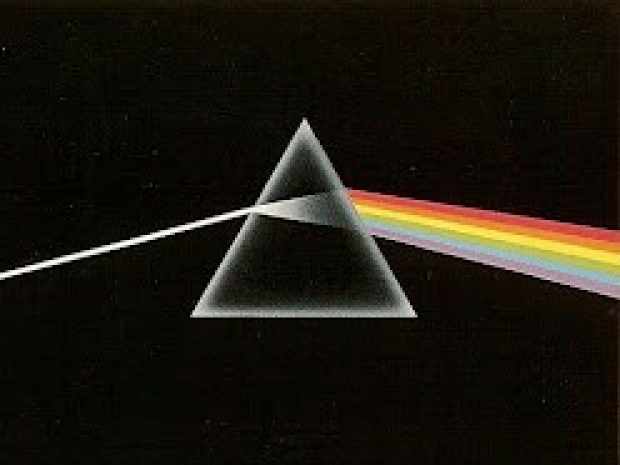Dubbed the LXM-U Narrow-Linewidth DFB Laser Module, the kit marks a pivot beyond the company's usual motoring photonics and into quantum computing and secure communications.
The module leans heavily on Indie's in-house laser diode tech, which apparently keeps steady even when things get wobbly. The LXM-U hangs on to tight frequency and phase tolerances with a noise profile so low it's practically subterranean. Indie reckons it's got 10 times less ultra-low-frequency noise than rival gear, which is handy if you're trying not to wreck your quantum superposition with a bit of jitter.
Each unit uses distributed-feedback (DFB) laser diodes, which include a one-dimensional diffraction grating structure to bounce the beam back on itself, keeping it well-behaved. That coherence means you can shoot the thing across tens of kilometres and it still knows what frequency it's supposed to be on.
Bundled with a low-noise current source, high-stability temperature controller, and a noise cancellation feedback loop, the module tries its best not to make a fuss. Indie says this setup avoids adding jitter while keeping the beam phase-locked for days at a time.
On paper, it churns out between 40 and 70 mW of power, offers wavelengths around 1545 nm or 1550 nm, and comes in two flavours: a standard 15 kHz linewidth and a titchy 0.08 kHz ultra-narrow version. Frequency modulation hits 3 GHz at a 100 kHz rate, while relative intensity noise stays less than -155 dB beyond 1 MHz. The box is 90 mm by 56 mm by 18 mm and can take the heat from -20°C to 65°C.
Narrow-linewidth lasers like this one thrive on keeping things tidy over time. Temporal coherence means that when a wave crests now, it'll crest again later in the same spot, making it crucial for quantum kit where phase predictability is the whole game.
That predictability is why quantum kit, including qubit-based systems and quantum key distribution (QKD), loves these sort of lasers. QKD, for example, depends on photons being in multiple polarisation states at once, which fall apart if anyone tries to eavesdrop. A good stable laser is the only way to keep that illusion alive.
Indie points out that the usual spec sheet figures don't cut it here. Just quoting linewidth doesn't tell you what the laser's really doing, so it a provides power spectral density of frequency noise (PSDFN) data. That gives a broader look at how the laser holds up across different frequencies and how likely it is to hold still when poked. PSDFN also lets you rebuild the laser's spectral shape, which matters when you're working at quantum scales.
The laser's skills also extend to chilling qubits. Ultra-stable lasers like this can knock the jiggle out of near-frozen atoms by shooting photons at them that take away just the right amount of vibration. This keeps the qubits from throwing a tantrum during calculations.
And if you don't happen to own a quantum lab, and don't want it to run Crysis the LXM-U still has a few tricks for your regular kit. Its mechanical design means it can be jammed in with other lasers and PICs, giving engineers a bit of flexibility to make it play nicely with whatever odd tech they have lying about.
Besides the quantum and secure comms market, Indie says this thing can help out with LiDAR, fibre optic links, spectroscopy and anything else that fancies a bit of low-noise, high-stability laser action.




